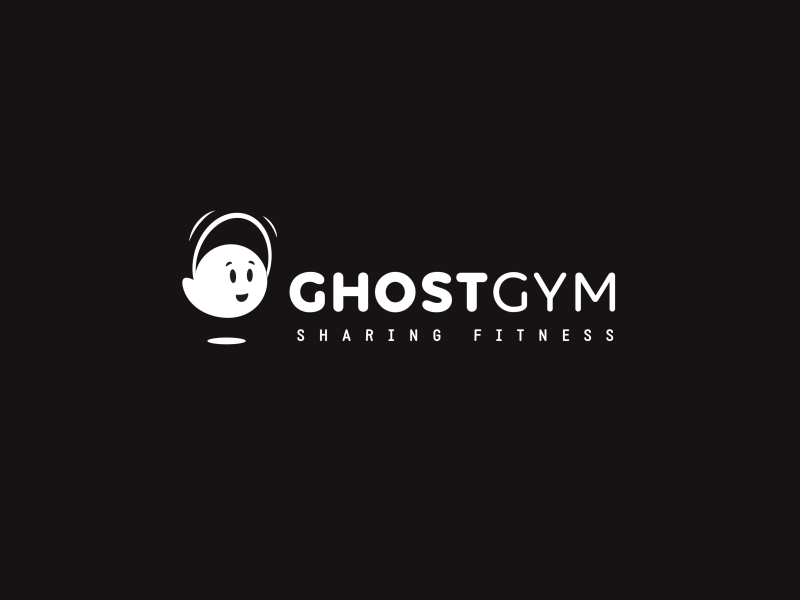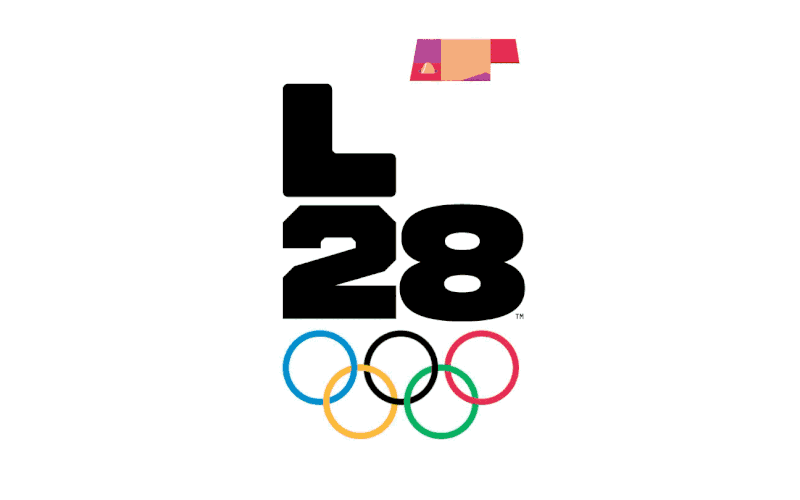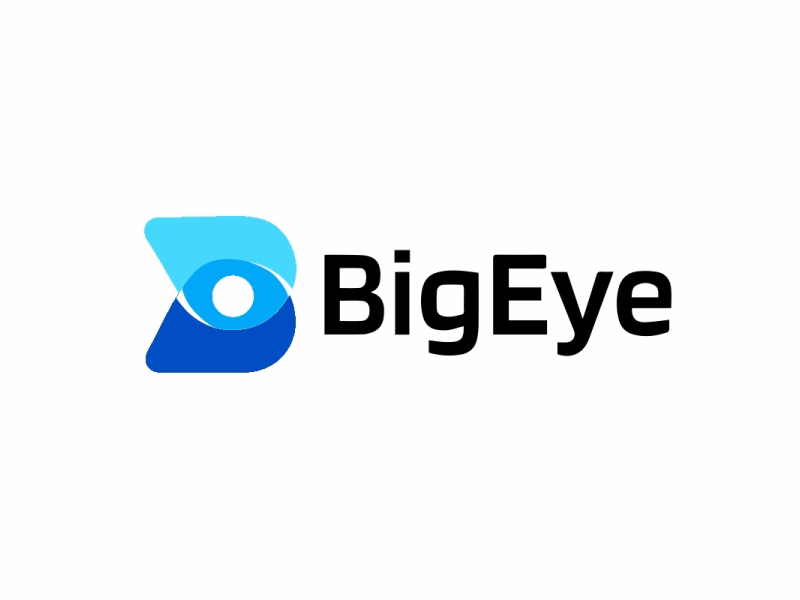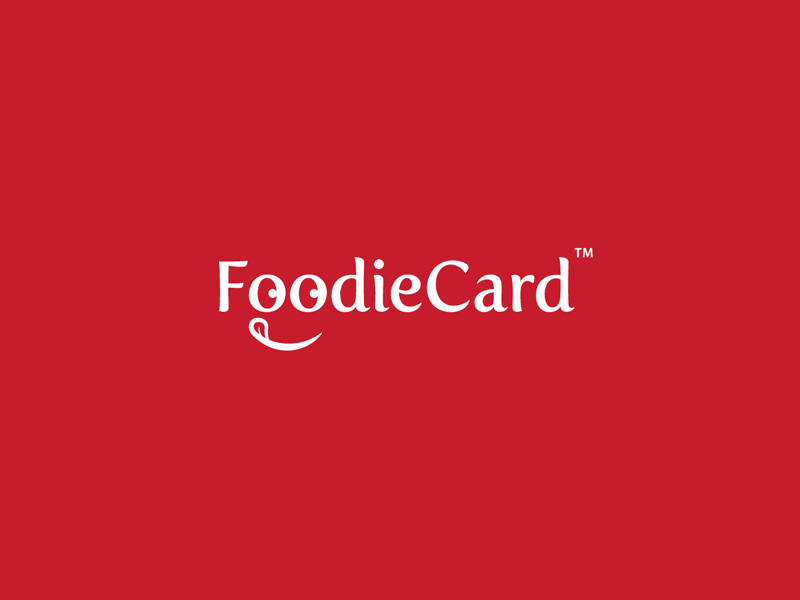A logo animation can play a highly influential role in your company’s messaging, consistency of brand voice, and ease of recognition.
We’ve talked about how to animate a logo, and we’ve also taken a look at some of the best-animated logo examples out there to help you get inspired.
But the conversation on animated brand assets wouldn’t come full-circle without our addressing the benefits of logo animation.
Table of Contents:
- Grab People's Attention
- Upgrade your storytelling
- Evoke Emotions
- Encourage Consumer Engagement
- Humanize a Brand
- Make It Undeniably Distinctive
- Step Up Brand Awareness
- Keep It Cost-Effective
- Turn It Into an Interactive Asset
- Improve SEO Results
- This blog post breaks down the benefits of an animated logo – from the ability to engage an audience, to cutting down branding costs.
- We then look at a “static vs animated” comparison to show you just how much you stand to gain from putting your logo in motion.
- To wrap it up, we go over the best places where you can use your logo animation and show you our favorite examples.
What is an animated logo?
An animated logo is at its core a composition of the same elements that your static logo is made up of. The main difference is that the animated version will be put in motion with a bit (or a lot!) of extra flair. The design of a logo animation can be as subtle or as spectacular as you wish, depending on how flexible your branding style is.
You can reap all the benefits we go over in this article with or without reaching for complex motion graphics – as long as the final product is consistent with the rest of your brand identity.
While there are some “bigger picture” factors to consider when deciding how tame or unconventional you want the animation to be, the skill factor is a non-issue when you’re working with the right tool.
Logistics aside, let’s delve into the benefits of an animated logo!
1. Grab People's Attention
Attention is the first element of value that you can gain from your customer base – way before conversion, customer satisfaction, and established brand loyalty, we need to zero in on grabbing attention. And there’s no doubt that movement gets the most attention, no matter what type of media consumption we are looking at. Motion in branding has the same focus-holding effect!
Once you take up center stage in a prospect’s view, seize the opportunity to make a smashing first impression with motion graphics. Compared to a static logo, an animated logo will stand out with a clearer display of your brand’s personality, more information expressed, and a glimpse of interest that sparks a desire to find out more about the brand.
2. Better Storytelling
Video content is clearly becoming paramount to a successful brand strategy – from explainer videos to video testimonials for social proof and short-format videos that have become the norm on most (if not all!) social media platforms. Animated branding assets are following suit, and allowing designers and marketers to become better storytellers.
Motion design can be a total game-changer for your brand. And you can continue the storyline in countless other ways, via animated iconography, onboarding screens, infographics, ads, process walkthroughs, etc.

3. Evoke Emotions
If there’s one thing that logo animation excels at, it’s the ability to display a composition that plays on a viewer’s heartstrings. As long as it comes from a genuine place of support and awareness, you can animate any logo to stir positive or encouraging emotions.
Countless brands did just that in 2022, to show their solidarity with Ukraine in the context of the difficult times that the country’s population was entering, morphing their legacy logos into blue and yellow logo marks.
LA28’s unveiling of the official logo for the 2028 Summer Olympic and Paralympic Games is another excellent example of branding that strikes a chord. This dynamic logo features 32 different versions of the “A” wordmark, each inspired by athletes, artists, and cultural advocates who are linked to Los Angeles by their life stories. A true testament to the power of an animated logo to encompass the fondest emblems of an entire community!

4. Encourage Consumer Engagement
Now that you know you can tell a good story and get an emotional response from viewers, it’s time to use your motion design skills to attract the main factor needed for community building and brand loyalty establishment: engagement.
A dynamic logo will drive more engagement than a static logo by default, being capable of calling attention to your brand’s humor, wit, or any other trait that the audience can easily resonate with. These are great lead-ins for an audience to share or talk about a change in branding!
It’s worth reiterating that you should only branch out into animation effects that are compatible with the rest of the brand’s style and tone of voice. That’s not to say that a fintech company cannot tap into the benefits of logo animation just because a more somber approach to motion design is required.
As long as your design stays on the same wavelength as your prospects, the push to engagement is a feasible outcome. But realistically, a snazzy animated logo like the one for Toonie is much more likely to also make a lasting impression on anyone!

5. Humanize a Brand
By now we’ve settled that a dynamic logo has the upperhand on static logos, thanks to their flexible nature. The same fluid form of logo animations can also substantially contribute to humanizing a brand by showing an audience that there are good-natured aspirations behind the company mission.
The shift to brands aiming to give themselves a human face, if you will, has a strong Gen Z vibe to it. We’re seeing more transparency from companies in their online presence, with less preference for over-polished content. By the same token, animated logomarks are a loophole out of ultra minimalist logo design, and gateways to authentic and heartfelt branding.

6. Undeniably Distinctive
As much as we don’t like to admit it, it's hard to create new visual identities without being tempted to trend-jump or let inspiration drawn from other logo artists seep into our designs. That’s the reason why it seems that logos start looking all alike. Just think of how many gradient logos we’ve seen pop up since Instagram and Firefox rebranded to gradient logomarks.
Investing in a custom logo animation is an excellent strategic move no matter how saturated your particular field appears to be. Animation effects can help your logo outrank competitor logos – in distinctiveness, for starters! For an uptick in ingenuity as well, explore handwriting logotype animation, or take a swing at creating an anthropomorphic animated logo.

7. Brand Awareness Step Up
Although we can’t accurately quantify brand awareness the same way we do other KPIs, branding strategists target and look at metrics like brand visibility and brand recognition to determine success. And what better visual identity asset for the job than a memorable and easy-to-recall animated mascot logo?
Without a doubt, more goes into boosting brand awareness than simply having an animated version of your logo. Most of the benefits of logo animation rely on your determination to broadcast this powerful attention magnet as part of a consistent brand image strategy, across as many communication channels as possible, and at various touchpoints between your brand and its audience.

8. Cost-Effective
Brands spend a hefty part of their marketing budgets on video content production, but your logo animation doesn’t have to set you back more than any other vector motion graphic.
By using the animated version of your logo to brand other forms of content, you can turn over all the benefits of logo animation to said content formats. Companies use animated logos as intro/outros for video tutorials, for consistency across all content posted to social media, especially where video content is the status quo (Youtube, TikTok, Instagram, etc.), in animated PPC ads, etc.

9. Interactive Asset
Giving your logo interactive SVG animation superpowers only amplifies this asset’s ability to prompt customer interaction and add another layer of interest. There are infinite opportunities to increase brand recall when you throw interactivity into the mix.
Transition from static to animated on click, use it as a mobile app splash screen triggered on load, or have customers interact with your animated emblem logo with hover effects.
Hover on the image below to start the animation!
10. Positive Impact on SEO
Optimizing graphics on your website by switching to SVG for both static and dynamic visuals is something we’ve always advocated for. Even in our “Improve Page Speed Insights Score” optimization guide we talk about how important it is for both Google rankings and your website’s visitors that your UX be smooth. And logo animation can help in this scope as well!
For starters, replace a heavy hero section video with a lightweight hero section SVG animation that features your logo in motion to keep page load speeds lightning-fast. Or influence two other essential interconnected metrics (lowering bounce rates and increasing time spent on page!) with an interactive animated logo. Every extra second spent on-page counts!

Static Logos vs Animated Logos

A static logo is needed to create an animated version, and when designed with animation in mind, it makes for an easier shift toward motion graphics. So, a static logo will always be the baseline. It’s not a matter of “one or the other” but rather an inquiry into why you would be better off with having both.
| Static vs Animated Logos | ||
|---|---|---|
| Static | Animated | |
| Lifespan | Timeless, but in some cases can require a total rebrand as the company evolves – interfering with brand recognition. | Allows for changes without losing essence and helpful for a smooth transition in case of a rebrand. |
| Ability to convey information | Limited in order to keep the logo easily discernible, scalable in print, etc. | Capable of communicating key information more easily and in higher detail. |
| Adaptability to different digital channels | It is a standard branding asset to use across all communication channels, but falls flat on platforms where dynamic content is preferred. | Consistent with the unanimous shift toward dynamic content in all the ways we consume content – social media, digital marketing, educational media, etc. |
| Professionalism | If your company appeals to a more stoic audience, sticking to a static logo might be a safe choice. | You can intrigue and captivate younger generations without rebranding by creating an animated version of the logo your brand’s already associated with. |
| ROI opportunities | Standard – as much as you can expect from a company’s logo. | Increased – all the benefits of logo animation are reflective of better ROI: improved brand image, more audience engagement, etc. |
What are the main pros and cons of using animated logos?
| Pros of Animated Logos ✅ | Cons of Animated Logos ❌ |
| Can easily grab attention | Can be distracting to certain customers |
| Are a better storytelling medium | Technical limitations |
| Can evoke emotions | Legacy logos are hard(er) to animate |
| Encourage consumer engagement | Accessibility/UX concerns |
| Help humanize a brand | |
| Make a logo undeniably distinctive | |
| Step up brand awareness with just one asset | |
| Keep production cost-effective | |
| Can be made into interactive assets | |
| Help improve SEO results |
It wouldn’t be fair to paint a picture of animated logos that’s exceedingly idealistic. The reality is that there are certain downsides to logo animation, but thankfully, these can all be mitigated.
Take a proactive stance in making sure the advantages far outweigh the disadvantages with the following precautions:
- Use your animated logo in accordance with visual hierarchy best practices (on the web, on mobile, and in video content creation).
- Consider the bandwidth usage and performance strain that the format in which you’re displaying your logo animation is responsible for. Opt for SVG wherever possible.
- Be considerate of the history behind a legacy logo, and opt for animating a newly rebranded version of the logo instead if this turns out to be a more reasonable option.
- Implement steps for designing accessible animations in general, like limiting the number of iterations in a loop, or limiting the duration during which the loop plays.
FAQ
Why would brands use animated logos?
Brands use animated logos to draw attention, create meaningful connections with an audience, humanize their brand image, and lay the foundation of brand loyalty. Logo animations are also excellent catalysts for customer engagement and easy brand recognition!
Why are animated logos better?
An animated logo is better than a static logo because it easily conveys more information, helps with boosting brand recognition, and can positively influence customer experience at all touchpoints with your target audience.
Where can I use my animated logo?
An animated logo can be used on a company’s website/mobile app as a splash screen animation, onboarding screen, iconography (microinteraction), branded video intro/outro, sign-off in newsletter campaigns, etc.
Final Thoughts
All benefits considered, and with animated logos having a pretty solid case when put up against their static counterparts, it’s clear you’re in for a win with a logo animation in your portfolio.
Animate your logo with SVGator, and share your work with the rest of the community! We’re on Facebook, Twitter, Instagram, TikTok, Youtube, Pinterest, and Reddit.






